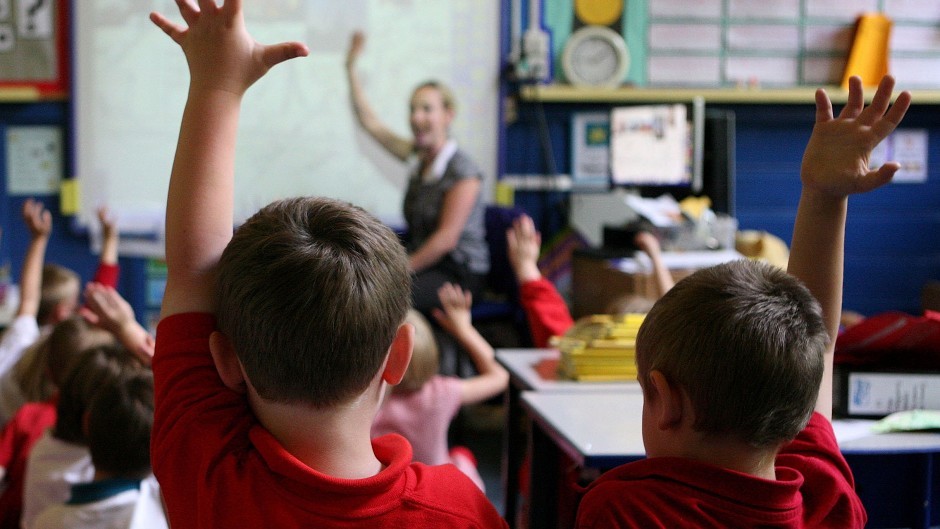Head teacher numbers could be slashed by nearly half under plans to tackle recruitment problems in Moray.
Moray Council believes that by increasing the number of paired headships – which involves one head teacher being in charge of two schools – there will be more “attractive and progressive career” paths for spiring leaders.
Councillors will next week be asked to approve a draft policy that outlines plans to alter the head teacher arrangements at 18 of the area’s 45 primary schools.
The move would increase paired headships from the current three to 12 and mean that almost all head teachers in Moray would be non-teaching.
If the proposals are approved by the council’s children and young peoples’ services committee on Wednesday, they will go to full council and then out to public consultation, and could be rolled out at the start of the 2016/17 school year.
Currently, Tomintoul and Glenlivet, Inveravon and Knockando and Portknockie and Portgordon operate under paired headships.
Under the plans Cullen and Findochty, Millbank and Portessie, Logie and Dyke, Alves and Dallas, Rothiemay and Crossroads, Newmill and Botriphnie, Burghead and Hopeman, Aberlour and Rothes and Mortlach and Craigellachie would also share a head teacher.
Council officers claim that paired headships will enhance the efficient sustainability of some of the smaller schools.
Director of education and social care Laurence Findlay states in a report: “It can prove very difficult to recruit head teachers to small rural schools and even to slightly larger schools for a variety of reasons.
“The draft policy aspires to create a more attractive and progressive carer pathway for aspiring school leaders which may alleviate some of our current recruitment challenges at senior management level.”
Mr Findlay said if the policy was approved, almost all head teachers in Moray would be out of the classroom and in a management and leadership structure which would enable them to develop the curriculum.
“This has been an aspiration of the service for many years and would have a significant impact on the service’s capacity for improvement,” he added.
While there would be fewer primary head teachers, there would be increase in the number of principal and depute head teacher posts to lend their support — particularly in paired schools.
